July saw a marked deceleration in UK’s CPI, falling from 7.9% yoy to 6.8% yoy , precisely in line with market expectations. Core CPI, which strips out variables like energy, food, alcohol, and tobacco, stood unchanged at 6.9% yoy, above the expected 6.8%.
CPI figures pertaining to goods showed a noticeable slowdown, dropping from 8.5% yoy to 6.1% yoy. On the flip side, CPI services ramped up from 7.2% yoy to 7.4% yoy , registering its peak since the staggering 9.5% yoy rate observed in March 1992.
On a month-to-month analysis for July, CPI receded by -0.4%, a figure slightly above than forecasted decline of -0.5%. Core CPI saw a monthly rise of 0.3% mom. While the CPI for goods plunged by -1.7% mom. , services CPI exhibited an increase, registering growth of 1.0% mom. .
Office for National Statistics remarked, “The slowdown in the annual CPI rate into July 2023 was driven by downward contributions to change from 8 of the 12 divisions.”
Notably, housing and household services emerged as the primary sectors applying downward pressure. Expanding on this, ONS stated, “Within this division, the downward effect came mainly from gas and electricity.”
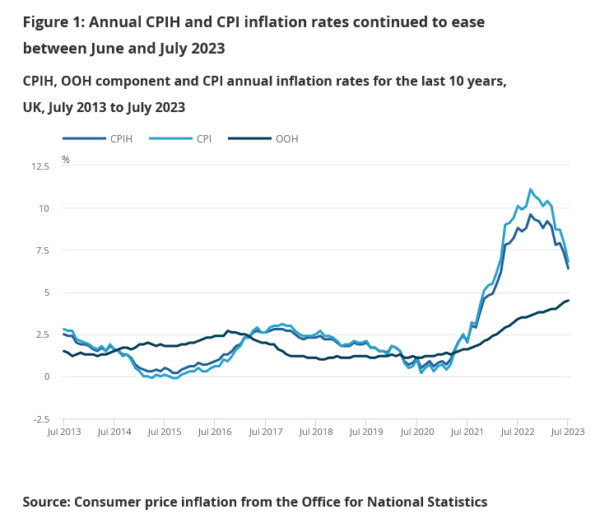
Full UK CPI release here.




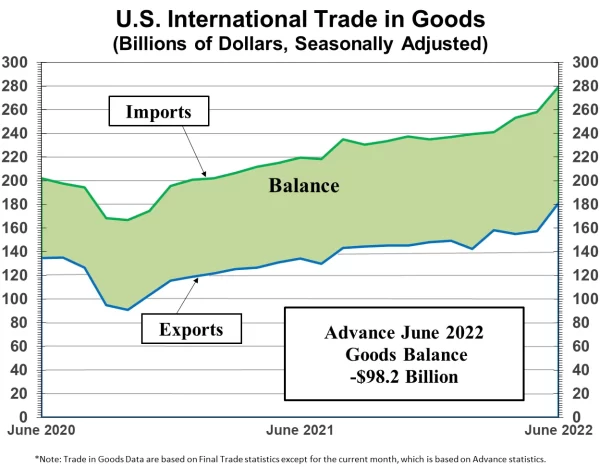
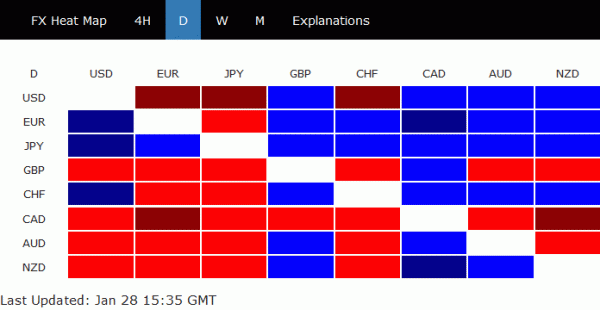
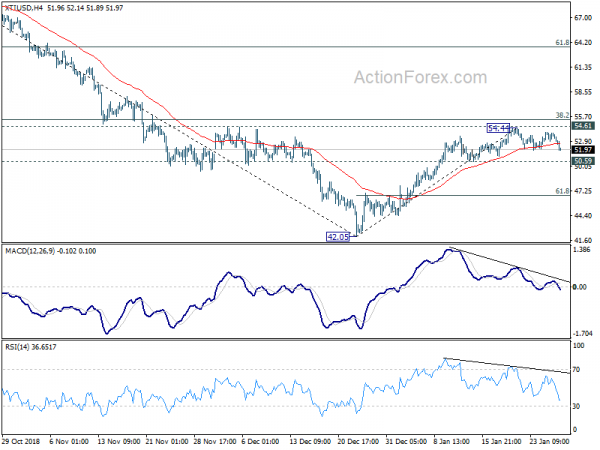
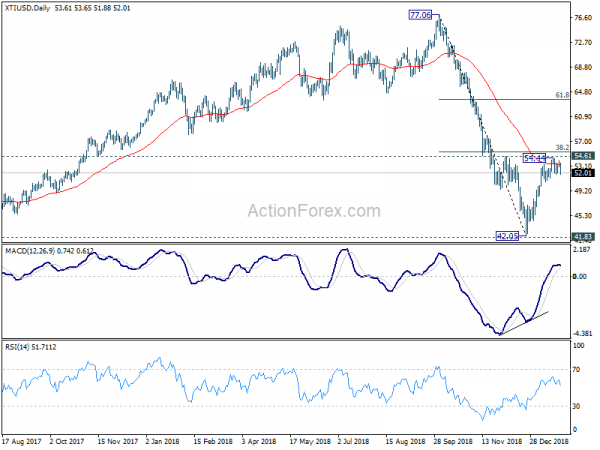
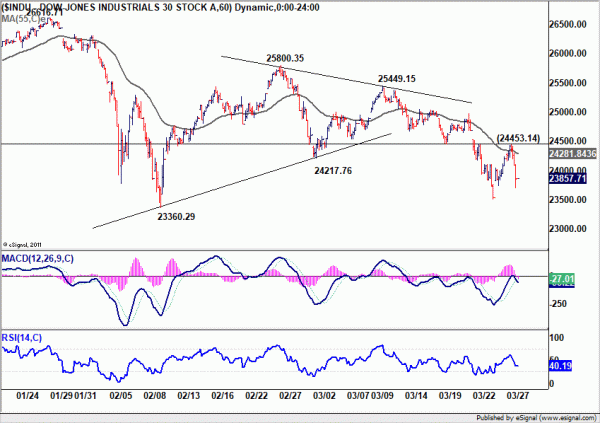
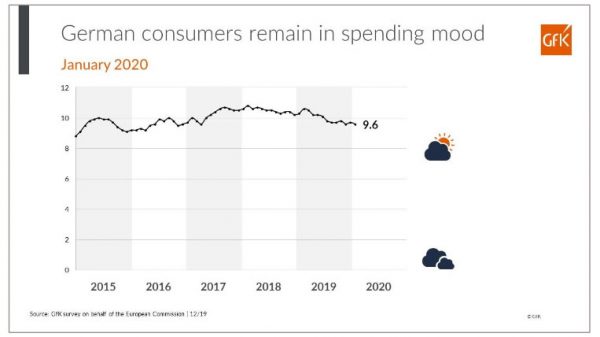
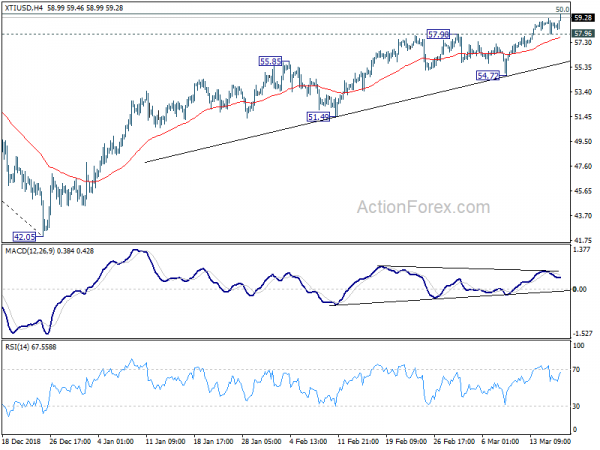
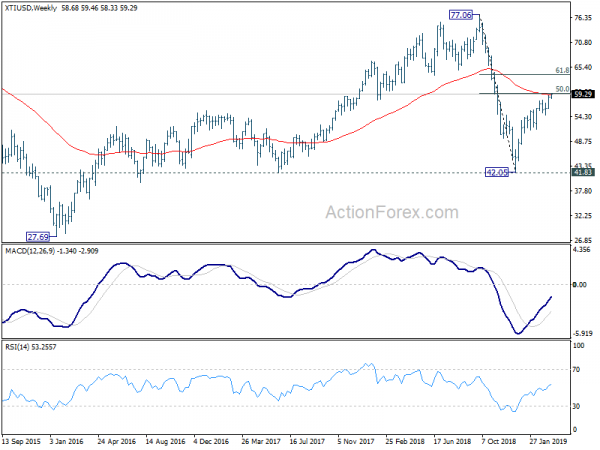
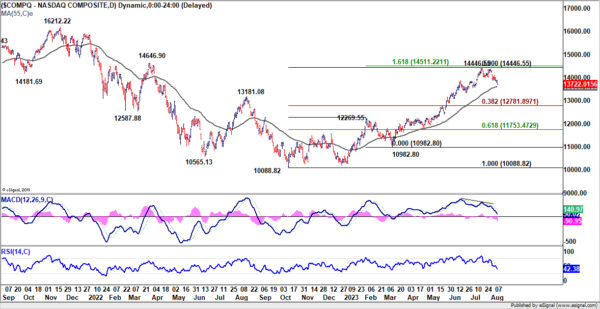
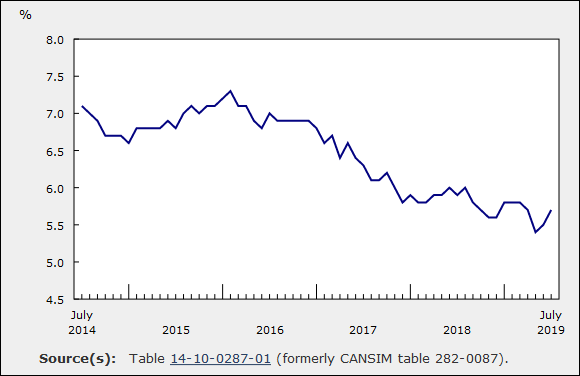
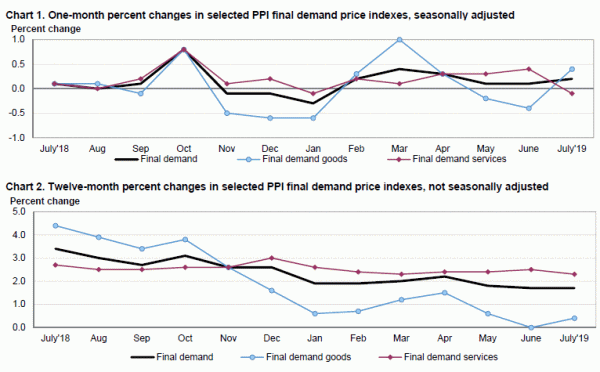
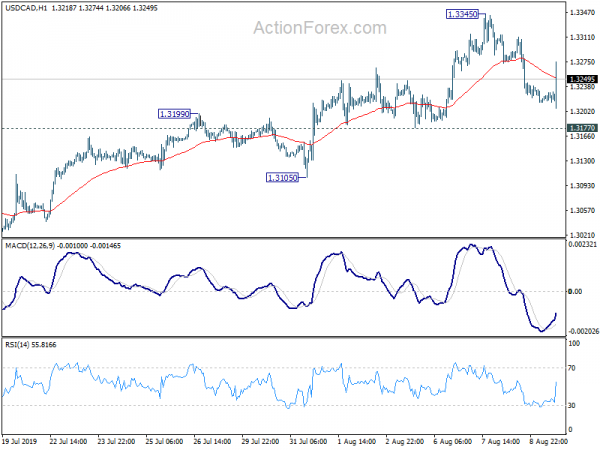
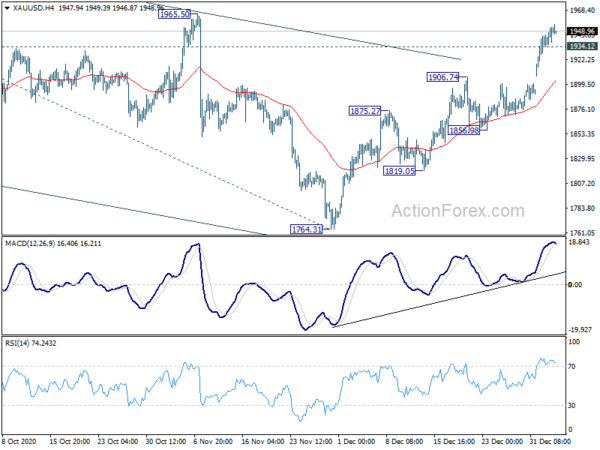
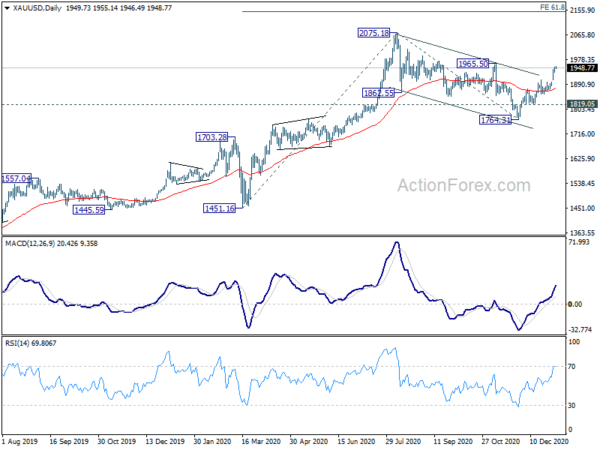
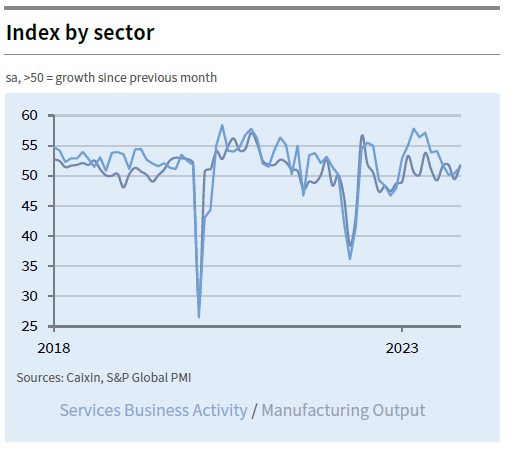
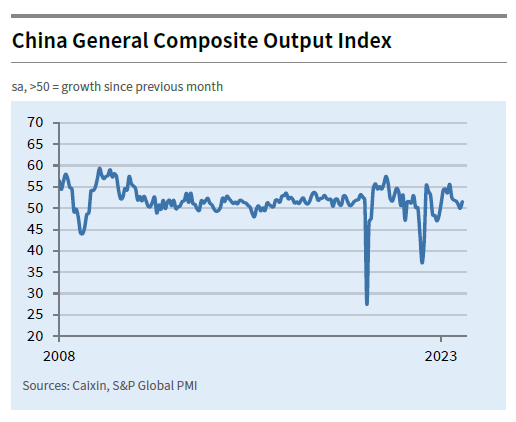

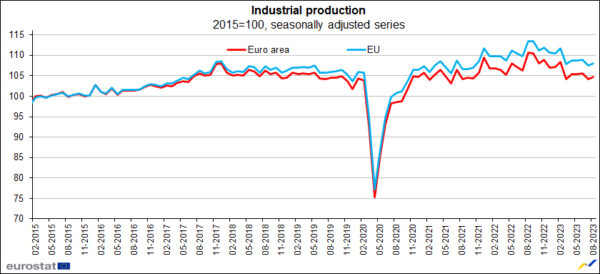
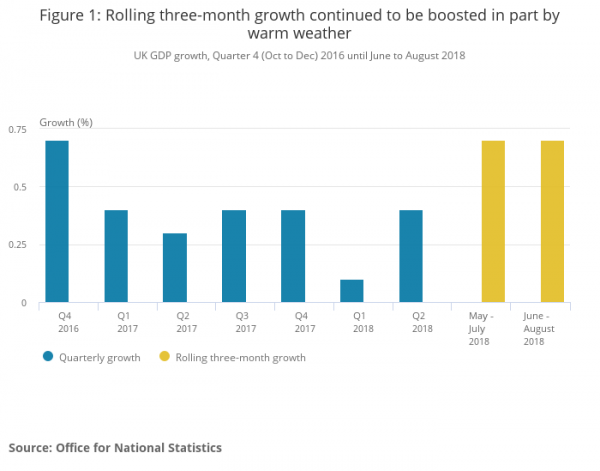
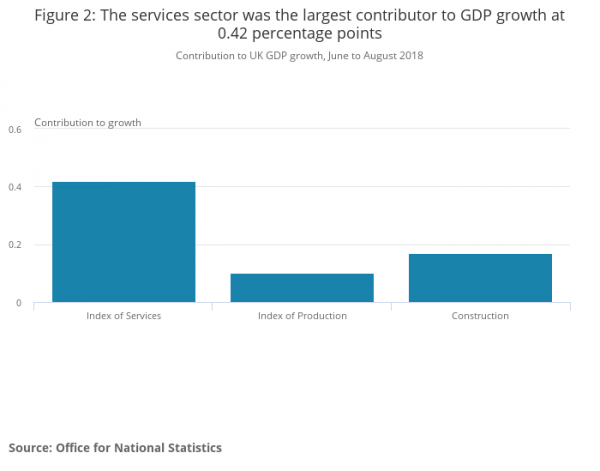
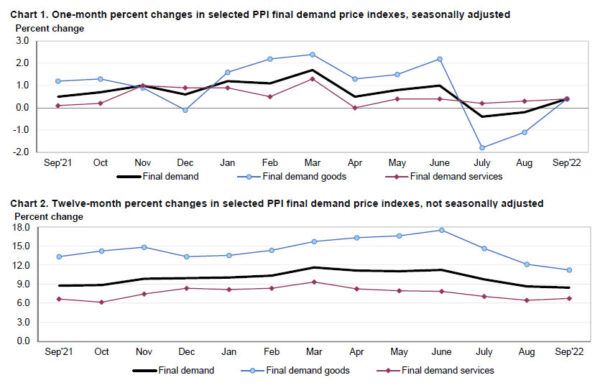
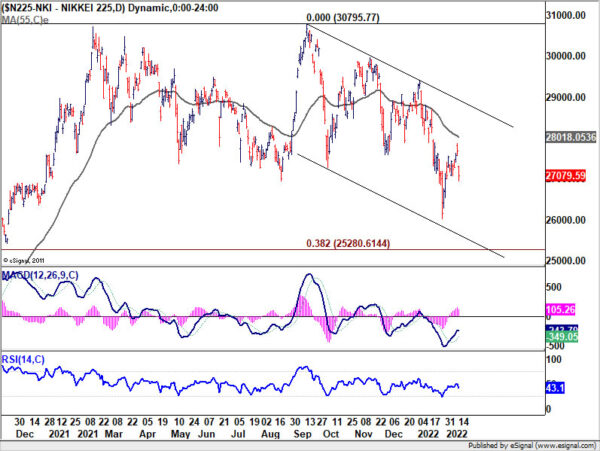
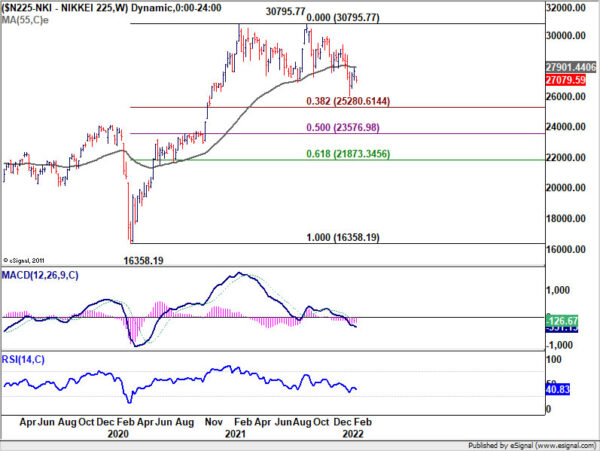

Villeroy: ECB ready to accept inflation above 2% for some time
ECB Governing Council member Francois Villeroy de Galhau emphasized that the central bank “has frequently re-affirmed its commitment to symmetry” of its inflation target. As a result, “we might be ready to accept inflation higher than 2% for some time.” Still, “we should examine whether the current formulation casts doubt on this.”
Villeroy also dismissed chatter that it’s running out of ammunition. “If needed, the ECB has ample room for maneuver,” he said. “Have no doubt about our determination to act as much as needed, and about our capacity to act.”